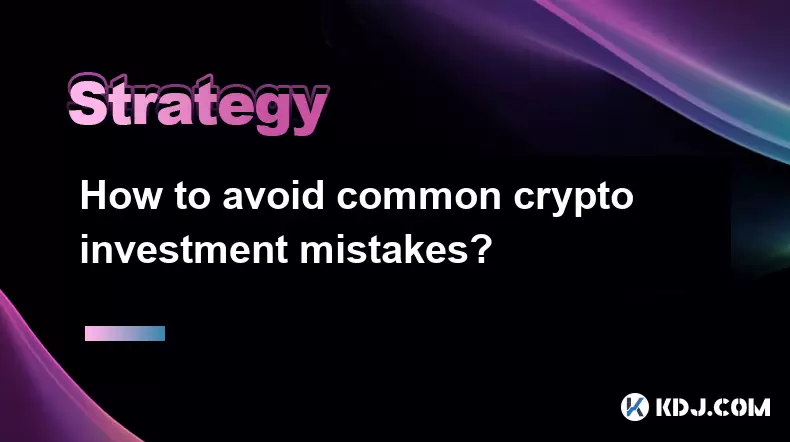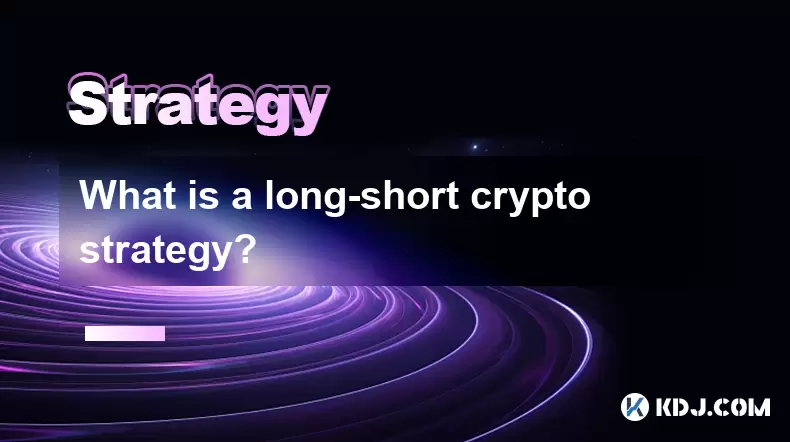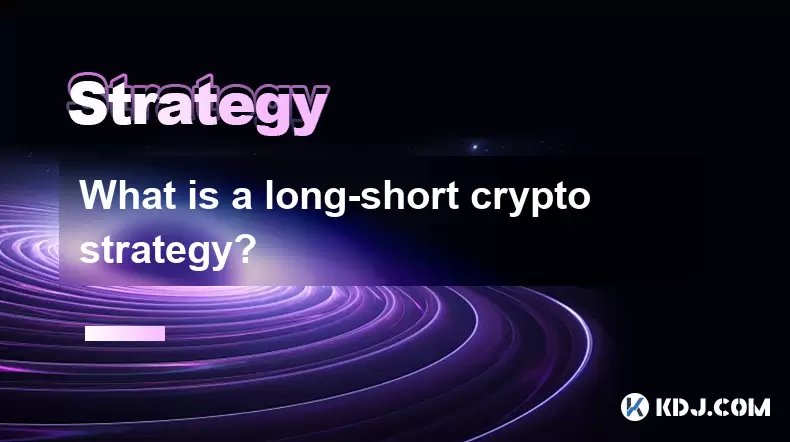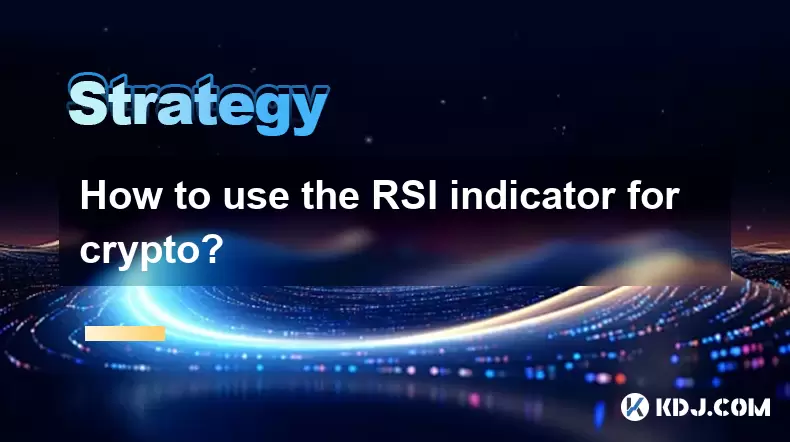-
 Bitcoin
Bitcoin $118,209.3536
1.16% -
 Ethereum
Ethereum $3,151.7546
5.98% -
 XRP
XRP $2.9277
2.35% -
 Tether USDt
Tether USDt $1.0000
0.00% -
 BNB
BNB $689.7099
1.26% -
 Solana
Solana $163.4270
1.91% -
 USDC
USDC $1.0000
0.02% -
 Dogecoin
Dogecoin $0.1983
3.74% -
 TRON
TRON $0.3008
0.51% -
 Cardano
Cardano $0.7435
2.86% -
 Hyperliquid
Hyperliquid $47.6547
-0.48% -
 Stellar
Stellar $0.4625
2.79% -
 Sui
Sui $3.9921
2.71% -
 Chainlink
Chainlink $16.0608
4.23% -
 Hedera
Hedera $0.2348
1.56% -
 Bitcoin Cash
Bitcoin Cash $496.6985
1.25% -
 Avalanche
Avalanche $21.9038
5.41% -
 UNUS SED LEO
UNUS SED LEO $8.8356
-1.88% -
 Shiba Inu
Shiba Inu $0.0...01364
5.31% -
 Toncoin
Toncoin $3.1102
4.35% -
 Litecoin
Litecoin $95.9756
3.59% -
 Polkadot
Polkadot $4.0925
5.78% -
 Monero
Monero $333.7622
-1.44% -
 Uniswap
Uniswap $9.1968
2.25% -
 Bitget Token
Bitget Token $4.6378
6.23% -
 Pepe
Pepe $0.0...01282
6.77% -
 Dai
Dai $1.0002
0.03% -
 Ethena USDe
Ethena USDe $1.0005
0.00% -
 Aave
Aave $329.9143
4.49% -
 Bittensor
Bittensor $441.4995
6.89%
How to design the "algorithm trading" strategy in Bitcoin trading?
By leveraging data analysis, market study, and robust backtesting, algorithm trading strategies for Bitcoin can be meticulously developed to optimize profitability and minimize risk.
Feb 26, 2025 at 01:37 pm

Key Points of Designing an Algorithm Trading Strategy for Bitcoin
- Data Collection and Analysis
- Market Analysis and Selection of Indicators
- Strategy Development
- Optimization and Backtesting
- Deployment and Monitoring
Methodology
1. Data Collection and Analysis
- Gather historical Bitcoin price data from reliable sources such as exchanges and aggregators.
- Choose a data interval that aligns with your trading strategy (e.g., hourly, daily, weekly).
- Preprocess the data to remove noise and outliers.
- Perform statistical and analytical tests to identify patterns, trends, and correlations.
2. Market Analysis and Selection of Indicators
- Study the Bitcoin market and identify the factors influencing its price movements.
- Analyze charts and indicators to identify potential trading opportunities.
- Technical indicators (e.g., moving averages, Bollinger Bands, relative strength index) can provide insights into market trends and price momentum.
3. Strategy Development
- Determine your trading objectives (e.g., long-term hold, short-term scalping, hedging).
- Define the criteria for entering and exiting trades based on technical indicators and price patterns.
- Backtest different strategies using historical data to evaluate their profitability and risk-reward ratios.
- Refine and adjust the strategy until it meets your performance requirements.
4. Optimization and Backtesting
- Parameterize the strategy by setting adjustable variables (e.g., moving average period, Bollinger Band width).
- Use a robust backtesting platform to evaluate the strategy's performance over different market conditions.
- Optimize the parameters to maximize profits, minimize losses, and reduce drawdowns.
5. Deployment and Monitoring
- Deploy the algorithm trading strategy onto a crypto exchange.
- Monitor the strategy's performance continuously and adjust it as needed to account for changes in market dynamics.
- Keep detailed trading logs to track the strategy's performance and identify areas for improvement.
FAQs
What is "algorithm trading" in Bitcoin trading?
Algorithm trading involves using computer programs to execute trades automatically based on predefined rules and market data.
What is the benefit of algorithm trading in Bitcoin?
Algorithm trading can provide the following benefits:
- Automation: Eliminates manual intervention and enables faster trade execution.
- Backtesting: Allows traders to test and optimize strategies before implementing them in real-time.
- Disciplined trading: Reduces the impact of emotions and cognitive biases on trading decisions.
What are the risks associated with algorithm trading in Bitcoin?
- Reliance on data: Algorithms can only perform as well as the data they are trained on.
- Market volatility: Bitcoin's high volatility can increase the risk of losses.
- Technical failures: Algorithmic trading systems can be vulnerable to technical glitches or outages.
How do you choose the best algorithm trading strategy for you?
The best algorithm trading strategy depends on your individual trading objectives, risk tolerance, and market conditions. Consider the following factors:
- Backtesting results
- Risk-reward ratio
- Drawdown percentage
- Volatility tolerance
Disclaimer:info@kdj.com
The information provided is not trading advice. kdj.com does not assume any responsibility for any investments made based on the information provided in this article. Cryptocurrencies are highly volatile and it is highly recommended that you invest with caution after thorough research!
If you believe that the content used on this website infringes your copyright, please contact us immediately (info@kdj.com) and we will delete it promptly.
- Bitcoin, Crypto, and Rate Cut Hopes: A Bullish Brew for the Summer?
- 2025-07-17 00:30:12
- Dogecoin vs. Ruvi AI: Why Audited AI Tokens Are the Future
- 2025-07-17 00:50:12
- BlockDAG, No Vesting, Kas ATOM: Crypto Summer's Standout Story?
- 2025-07-17 01:10:13
- Crypto Spotlight: Unilabs Finance Shines Amid Cardano's Uncertainty
- 2025-07-17 00:50:12
- Floki Price Breaks Trendline Resistance: Rally Fueled by Key Breakouts and Ecosystem Growth
- 2025-07-17 01:30:13
- BlockDAG, SEI, and Altcoin Signals: What's Hot in Crypto Right Now?
- 2025-07-17 01:30:13
Related knowledge

How to avoid common crypto investment mistakes?
Jul 13,2025 at 01:35am
Understanding the Risks of Crypto InvestmentInvesting in cryptocurrency can be highly rewarding, but it also comes with significant risks. One of the ...

What is a long-short crypto strategy?
Jul 15,2025 at 10:56am
Understanding the Basics of a Long-Short Crypto StrategyA long-short crypto strategy is an investment approach where traders simultaneously take long ...

What is a long-short crypto strategy?
Jul 11,2025 at 01:28pm
Understanding the Basics of Long-Short Crypto StrategyA long-short crypto strategy is an investment approach where traders take both long and short po...

How to use the RSI indicator for crypto?
Jul 12,2025 at 03:56pm
Understanding the RSI Indicator in Cryptocurrency TradingThe Relative Strength Index (RSI) is a momentum oscillator used to measure the speed and chan...

Is copy trading a good strategy for crypto beginners?
Jul 12,2025 at 08:28am
Understanding Copy Trading in the Cryptocurrency MarketCopy trading is a strategy where novice traders replicate the trades of experienced investors a...

How to build a crypto portfolio with $1000?
Jul 13,2025 at 08:14pm
Understanding the Basics of Cryptocurrency InvestmentBuilding a crypto portfolio with $1000 starts with understanding the fundamentals of cryptocurren...

How to avoid common crypto investment mistakes?
Jul 13,2025 at 01:35am
Understanding the Risks of Crypto InvestmentInvesting in cryptocurrency can be highly rewarding, but it also comes with significant risks. One of the ...

What is a long-short crypto strategy?
Jul 15,2025 at 10:56am
Understanding the Basics of a Long-Short Crypto StrategyA long-short crypto strategy is an investment approach where traders simultaneously take long ...

What is a long-short crypto strategy?
Jul 11,2025 at 01:28pm
Understanding the Basics of Long-Short Crypto StrategyA long-short crypto strategy is an investment approach where traders take both long and short po...

How to use the RSI indicator for crypto?
Jul 12,2025 at 03:56pm
Understanding the RSI Indicator in Cryptocurrency TradingThe Relative Strength Index (RSI) is a momentum oscillator used to measure the speed and chan...

Is copy trading a good strategy for crypto beginners?
Jul 12,2025 at 08:28am
Understanding Copy Trading in the Cryptocurrency MarketCopy trading is a strategy where novice traders replicate the trades of experienced investors a...

How to build a crypto portfolio with $1000?
Jul 13,2025 at 08:14pm
Understanding the Basics of Cryptocurrency InvestmentBuilding a crypto portfolio with $1000 starts with understanding the fundamentals of cryptocurren...
See all articles

























































































